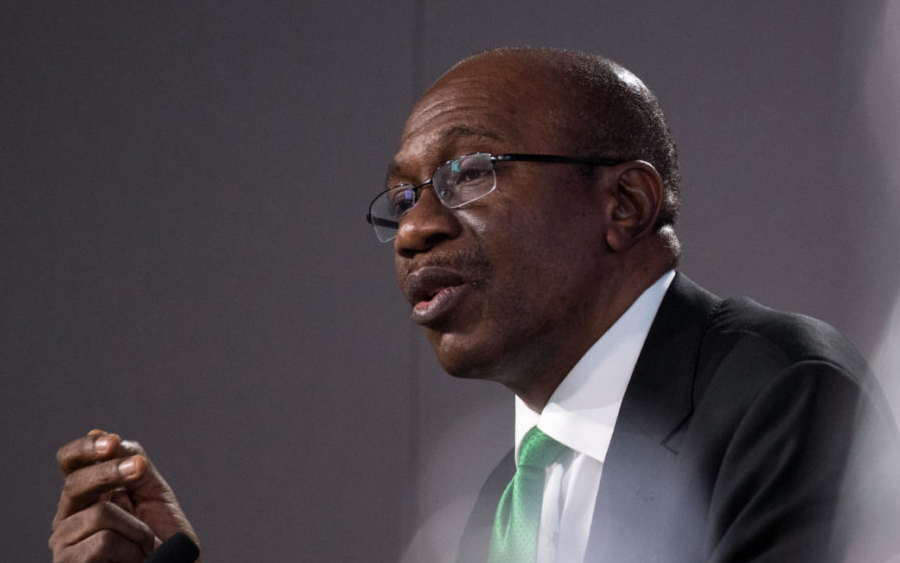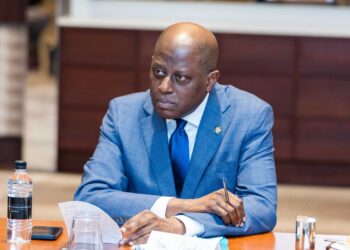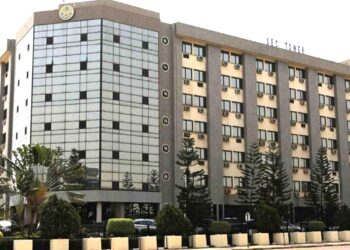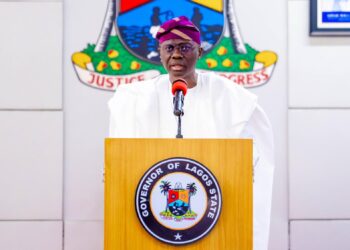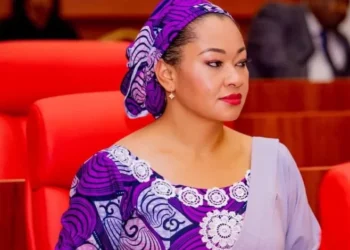The exchange rate between the naira and the dollar has been adjusted at the Investors and Exporters (NAFEX) window where forex is traded officially. On Monday, the exchange rate between the naira and the dollar closed at N409/$1, a year high and the highest it has closed since December 31st, 2020.
Since last week, the exchange rate at the NAFEX has closed above N400/$1 suggesting that the forex market is in a new regime despite the official CBN rate still quoted at N389/$1. An exchange rate of N400 and above is perhaps a confirmation that official exchange rates across the multiple windows are crawling towards the target NDF rates approved by the CBN.

How we got here
The forex market first got a glimmer of what was to come on the last day of trading December 31, 2020, when the exchange rate closed at N410.25 surprising analysts. Before then, the exchange rate had closed well below N400 at an average of about N394/$1, even though the black market exchanged for as high as N460/$1 a disparity of N66.
Coming into the new year, the exchange rate strengthened again to N392/$1 staying flat throughout January, suggesting that the CBN was not ready to devalue the naira as initially thought. However, since February we have seen the exchange rate crawl higher eventually crossing the N400/$1 ceiling since the second week of February.
The CBN perhaps set the stage for the recent depreciation of the naira when on February 2nd it revised its one-year Non-Deliverable Forwards (NDF) for which it intends to settle foreign exchange futures contracts.
In the contract terminating February 24th, 2021 the central bank priced the dollar at N412.14 which, compared to the average price of N395/$1 traded at the Investors and Exporters (I&E) window. Several days later, the exchange rate at the NAFEX market started depreciating initially touching N397/$1 before it crossed N400/$1 on the 9th of February 2021. Is ths a crawling peg?
Crawling Peg
A crawling peg is a system in which a central bank allows its fixed currency to oscillate between a band allowing it to depreciate and appreciate in line with the dynamics of demand and supply.
Perhaps an obvious sign that we are in a crawling exchange rate regime is the daily highest price at which the exchange rate has crossed hands during intra-day. For example on December 31st when the exchange rate closed at N410.25/$1, the highest intraday trading was N412.3. Before then, the average highest intraday trading rate was N407/$1.
Since then the exchange rate has traded at an intraday high of N423/$1 another indication that the market is receptive to further depreciation. If there is a better indication of where the exchange rate could close in the future, it is perhaps the highest intraday rate. Thus, it is likely that the exchange rate could close above N420/$1 in the coming weeks.
Despite the recent depreciation or adjustment of the currency (as the CBN prefers to call it), the disparity between the official and black-market rate remains high at N60.3 when compared to the closing rate and N47.
What next?
The CBN will mostly likely review the exchange rate at other official windows such as the SMEIS (window where forex is sold to importers), Personal Travel Allowances (for school fees, travel, etc.), and BDC all of which are still below N400/$1. Adjusting the rates above N400 means Nigerians will spend more purchasing foreign exchange. However, the impact will be mitigated by the fact that Nigerians already buy forex as high as N480/$1.

